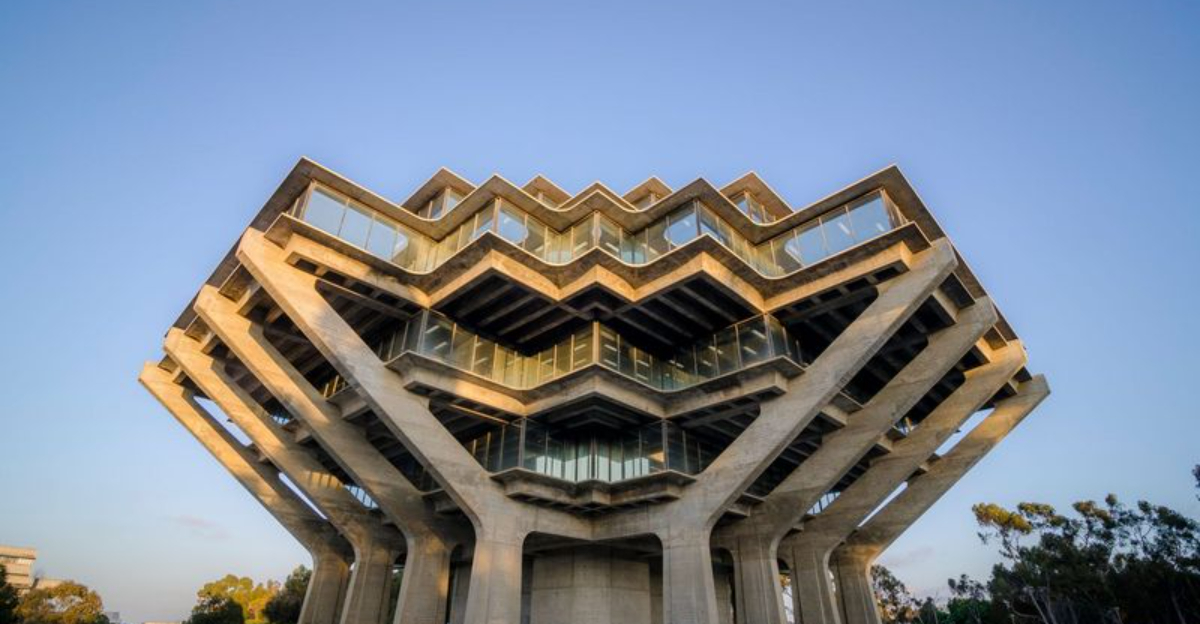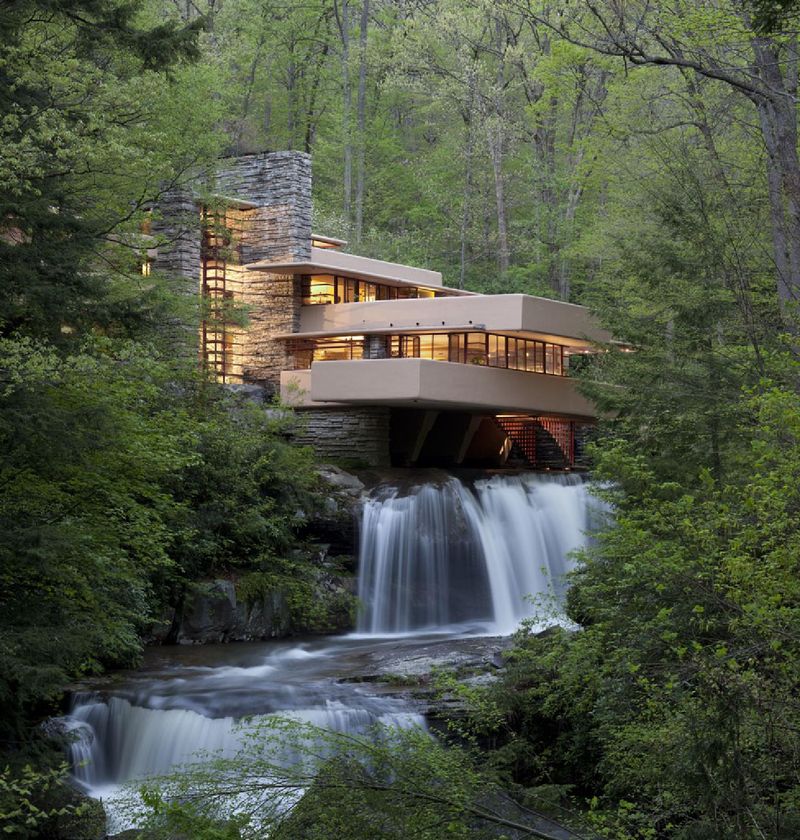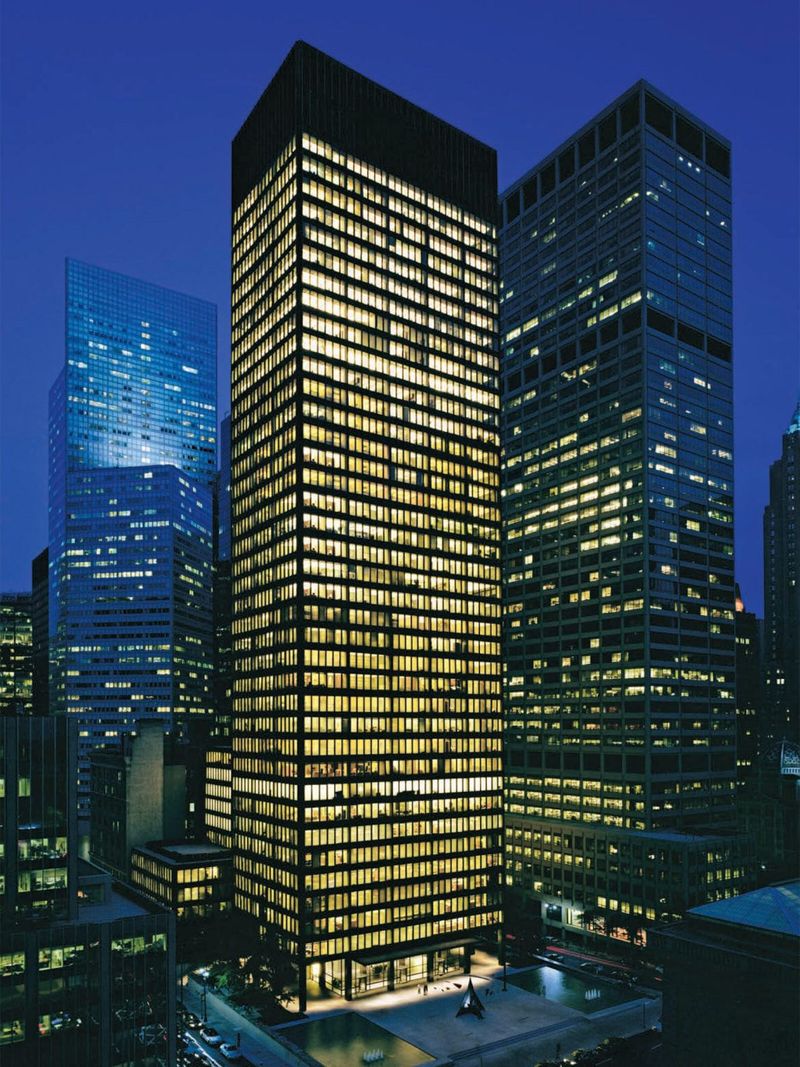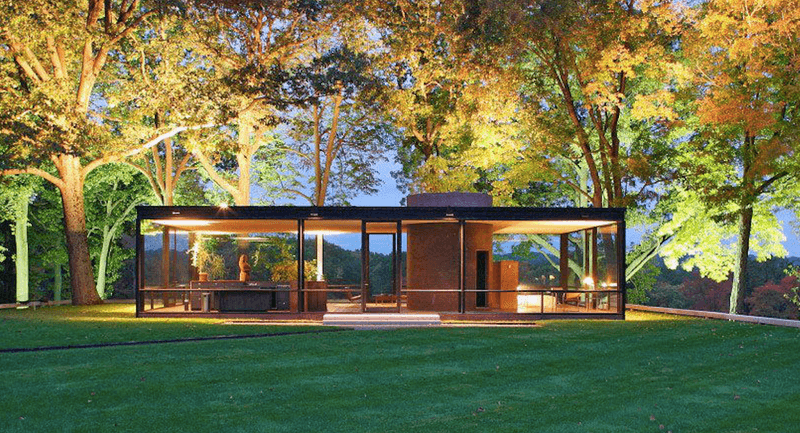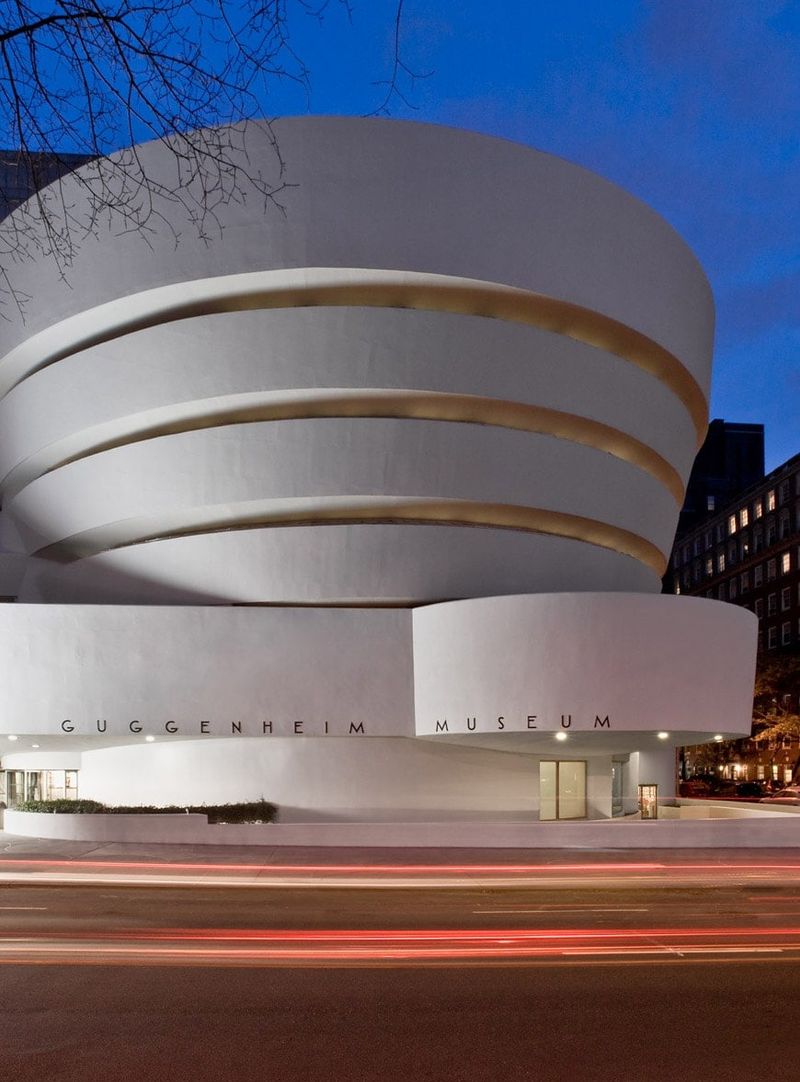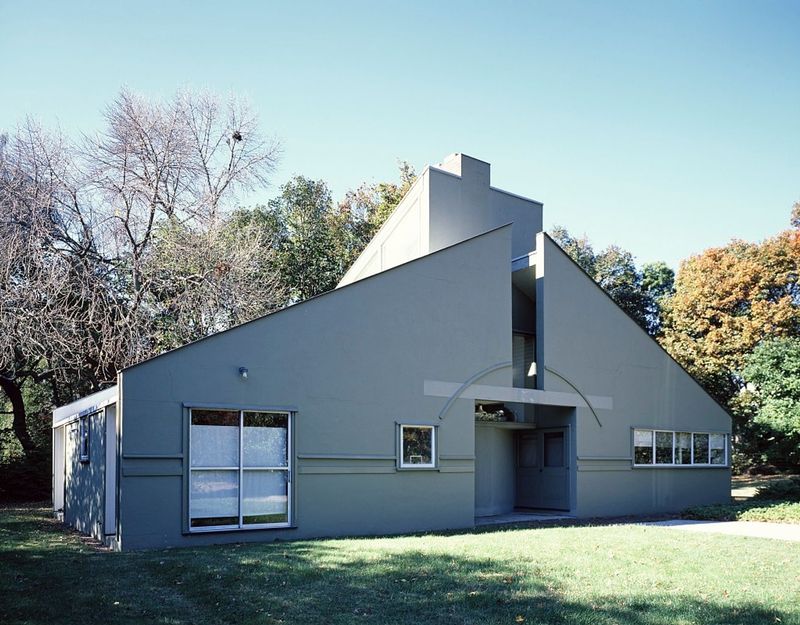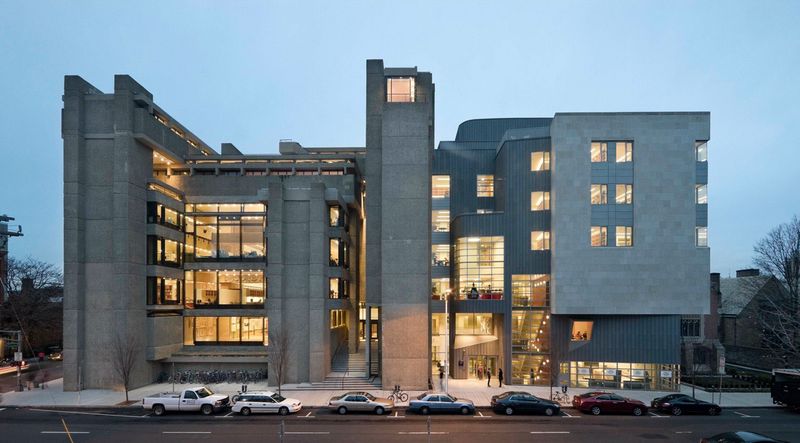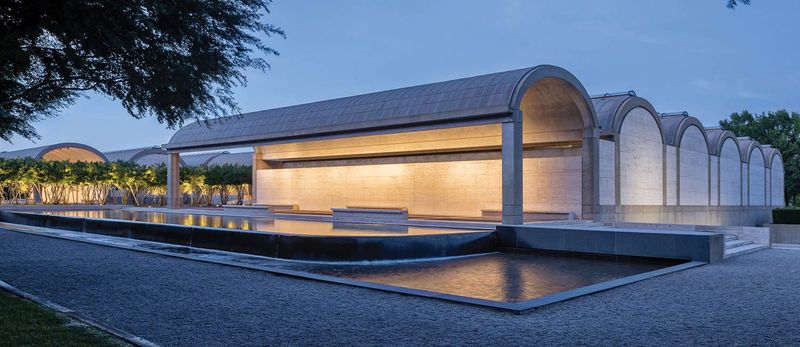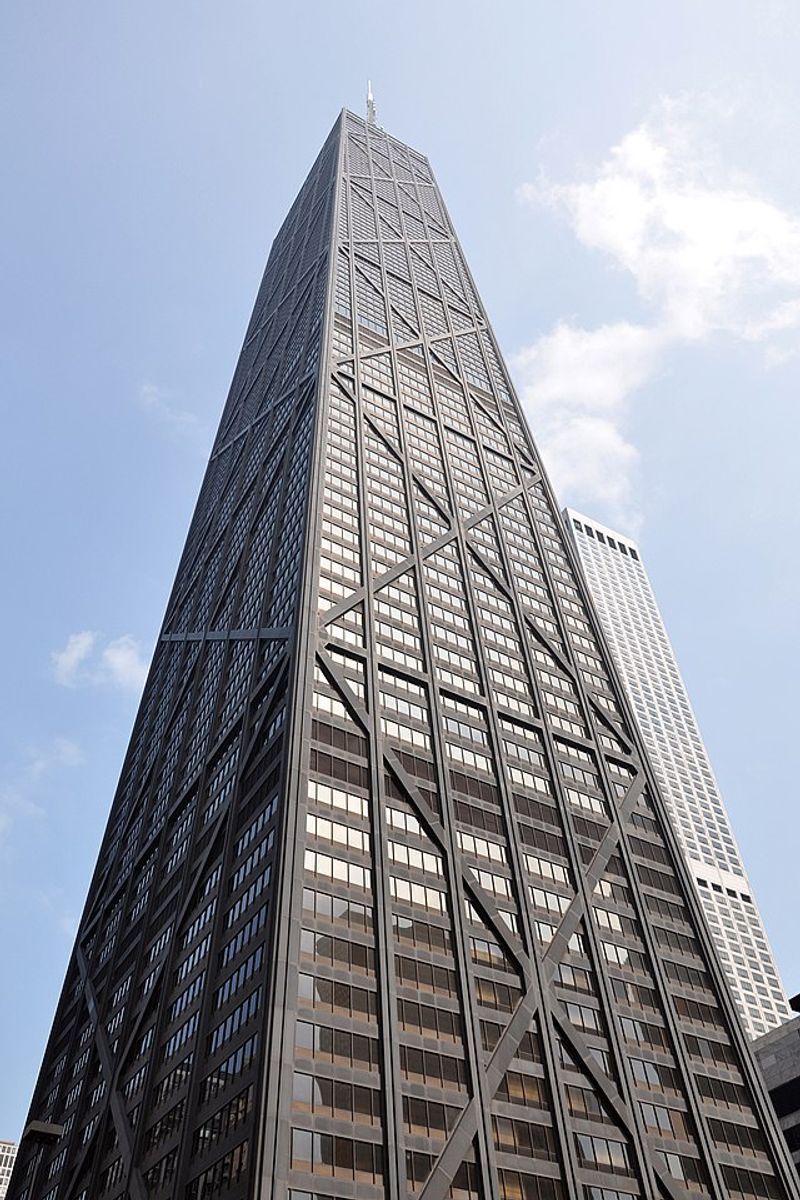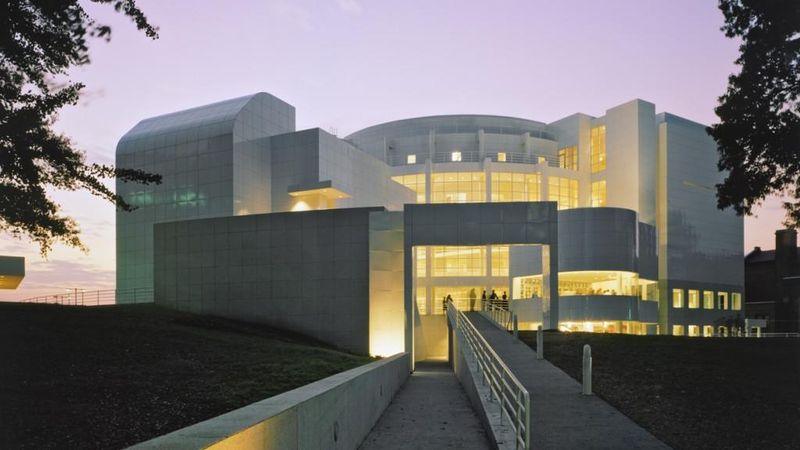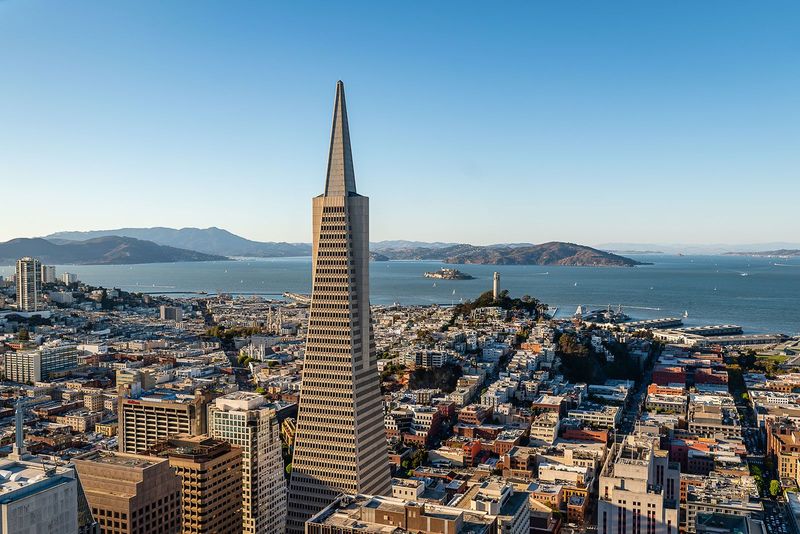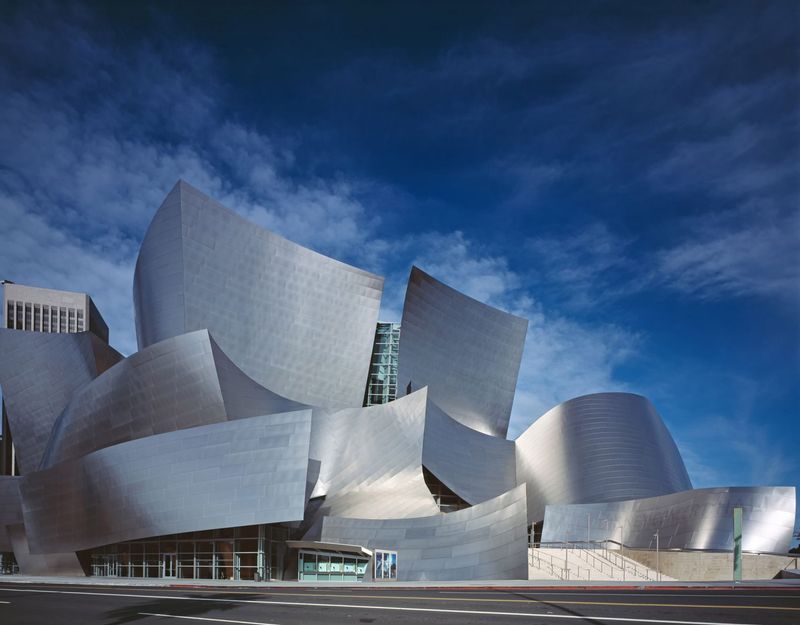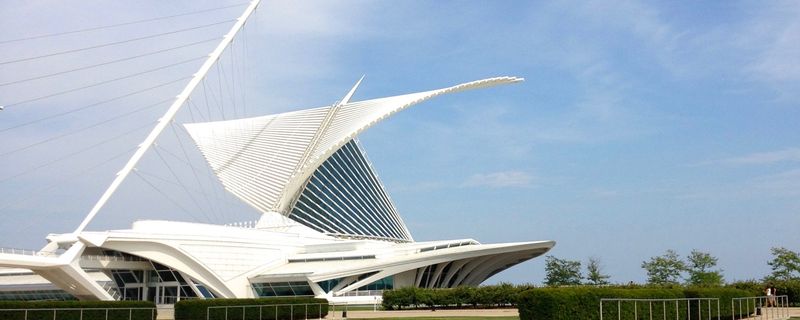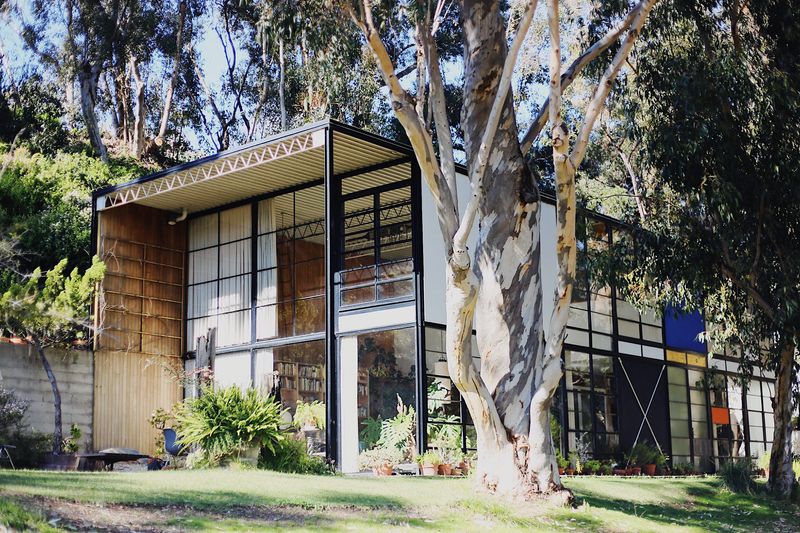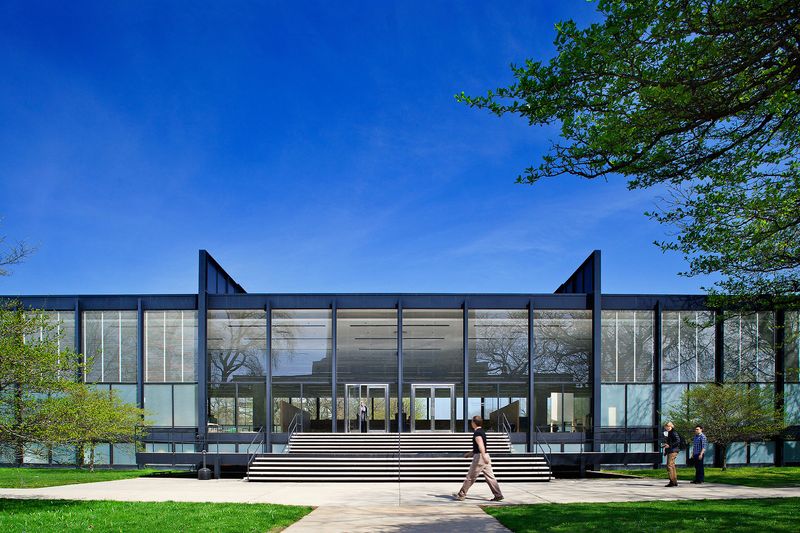America’s landscape is dotted with stunning examples of modernist architecture that push boundaries and redefine beauty.
From sleek glass towers to concrete masterpieces, these buildings represent a bold departure from traditional design.
They showcase the creativity and innovation that defined the modernist movement, leaving visitors in awe of their unique forms and revolutionary concepts.
1. Fallingwater – Mill Run, Pennsylvania
Perched dramatically over a waterfall, this Frank Lloyd Wright masterpiece from 1939 seems to defy gravity itself. The cantilevered concrete terraces extend fearlessly over Bear Run stream, creating a breathtaking harmony with nature.
Local sandstone walls blend seamlessly with the surrounding landscape, while glass corners dissolve boundaries between inside and out. Wright’s genius shines through every detail of this residential wonder that forever changed architectural thinking.
2. Seagram Building – New York City, New York
Rising elegantly above Park Avenue since 1958, this bronze-and-glass masterpiece by Mies van der Rohe and Philip Johnson revolutionized corporate architecture. What makes it extraordinary is the thoughtful plaza setback that creates breathing room amid Manhattan’s density.
Inside, the minimalist lobby showcases travertine and marble surfaces that exude quiet luxury. The building’s perfect proportions and meticulous detailing established new standards for skyscrapers worldwide, proving that sometimes less truly is more.
3. Glass House – New Canaan, Connecticut
Would you believe a home could be made almost entirely of glass? Philip Johnson’s personal residence, completed in 1949, is exactly that – a transparent box where walls disappear into the surrounding landscape.
The radical simplicity of this 1,800-square-foot gem features just one room with a cylindrical brick bathroom as its only enclosed space. Surrounded by 49 acres of meticulously designed landscape, this daring experiment in minimalism and transparency continues to influence contemporary architecture decades later.
4. Guggenheim Museum – New York City, New York
Unlike anything else on Fifth Avenue, Frank Lloyd Wright’s spiraling masterpiece from 1959 resembles a white ribbon coiled around itself.
Visitors experience art in a revolutionary way by descending down the continuous ramp that wraps the building’s interior. The central skylight floods the atrium with natural light, creating an almost spiritual atmosphere.
5. Farnsworth House – Plano, Illinois
Floating like a vision above the Fox River floodplain, this 1951 weekend retreat designed by Ludwig Mies van der Rohe appears almost weightless. The elegant white steel frame and floor-to-ceiling glass create a sensation of living within nature rather than merely observing it.
Despite its apparent simplicity, every proportion and detail was meticulously calculated to achieve perfect visual harmony that continues to inspire architects today.
6. Vanna Venturi House – Philadelphia, Pennsylvania
Standing in defiance of modernist orthodoxy, Robert Venturi’s 1964 home for his mother launched the postmodern movement with playful contradictions. The façade features a comically oversized chimney and a split pediment that simultaneously honors and mocks traditional design.
Inside, the seemingly simple layout reveals surprising spatial complexities that challenge expectations. Though modest in size, this revolutionary house declared that architecture could be witty, complex, and communicative.
7. Yale Art and Architecture Building – New Haven, Connecticut
Raw, powerful, and unapologetically brutalist, Paul Rudolph’s 1963 concrete fortress houses Yale’s architecture school with dramatic flair. The corrugated concrete surfaces were hammered by hand to create textural richness that changes dramatically with shifting light throughout the day.
Inside, an ingenious series of interlocking spaces creates 37 different levels within just 10 floors. Students navigate through dramatic spatial sequences including double-height studios and mezzanines.
8. Kimbell Art Museum – Fort Worth, Texas
Light becomes a magical building material in Louis Kahn’s 1972 masterpiece of subtlety and refinement. The repeated concrete cycloid vaults feature narrow skylights running along their peaks, diffusing natural illumination through perforated aluminum reflectors that bathe the galleries in silvery light.
Travertine walls and white oak floors add warmth to the concrete structure. The surrounding landscape by Japanese-American artist Isamu Noguchi completes this serene composition.
9. John Hancock Center – Chicago, Illinois
Tapering dramatically as it rises 1,127 feet above Michigan Avenue, this 1969 skyscraper by Bruce Graham and Fazlur Khan revolutionized tall building design with its exposed X-bracing system.
Unlike its glass-box contemporaries, the Hancock wears its structural engineering proudly on its exterior. The diagonal braces eliminate the need for interior columns, creating more usable floor space.
10. Case Study House #22 (Stahl House) – Los Angeles, California
Perched precariously on a Hollywood Hills cliff, Pierre Koenig’s 1960 glass-and-steel masterpiece epitomizes California modernism at its most glamorous. The L-shaped residence features floor-to-ceiling glass walls that dissolve the boundary between indoor and outdoor living.
Made famous by Julius Shulman’s iconic night photograph showing two women seemingly floating above the city lights, this house redefined the modern dream home.
11. Miller House – Columbus, Indiana
Hidden in a midwestern town lies one of America’s finest residential treasures – Eero Saarinen’s 1957 masterpiece of domestic modernism. The flat-roofed pavilion features a distinctive grid of skylights supported by cruciform steel columns that seem to float above the living spaces.
Alexander Girard’s vibrant interior design and Dan Kiley’s geometric gardens create a perfect dialogue with the architecture.
12. High Museum of Art – Atlanta, Georgia
Gleaming white against Atlanta’s skyline, Richard Meier’s 1983 expansion of the High Museum creates a luminous temple for art appreciation. The building’s distinctive ramp gallery spirals around a dramatic four-story atrium flooded with natural light from above.
Geometric forms interlock with precise mathematical harmony, guiding visitors through a carefully choreographed architectural promenade. The pristine white porcelain-enameled steel panels reflect changing sunlight throughout the day, giving the building an almost ethereal quality.
13. Transamerica Pyramid – San Francisco, California
Rising like a futuristic obelisk above San Francisco’s skyline, William Pereira’s 1972 skyscraper was initially controversial but has become the city’s most recognizable symbol. The unusual tapered form wasn’t just for show – it allows more light to reach street level while providing resistance to earthquakes.
Quartz embedded in the concrete exterior makes the building sparkle in sunlight. Two “wings” extending from the sides contain elevator shafts and stairwells. Despite no longer being the city’s tallest building, the Pyramid’s distinctive silhouette remains the defining element of San Francisco’s urban identity.
14. Walt Disney Concert Hall – Los Angeles, California
Dancing across downtown Los Angeles like frozen music, Frank Gehry’s 2003 performance venue wraps stainless steel panels into fluid, sail-like forms that seem to defy conventional geometry.
The building’s exterior changes dramatically throughout the day as it captures and reflects California’s abundant sunshine.
Acoustically perfect and visually stunning, this landmark transformed LA’s cultural landscape while demonstrating how computer-aided design could translate seemingly impossible shapes into architectural reality.
15. Geisel Library – San Diego, California
Looking like a spaceship that just landed on the UC San Diego campus, William Pereira’s 1970 concrete marvel seems to hover above its forest setting on massive structural legs. The distinctive inverted pyramid design creates increasingly larger floors as the building rises.
Floor-to-ceiling windows offer spectacular views while the building’s unusual form provides shade for lower levels. Named after Dr. Seuss author Theodor Geisel, there’s something appropriately whimsical about this brutalist icon that manages to be both playful and imposing.
16. Milwaukee Art Museum (Quadracci Pavilion) – Milwaukee, Wisconsin
Resembling a giant bird about to take flight over Lake Michigan, Santiago Calatrava’s 2001 addition to the Milwaukee Art Museum features a breathtaking movable sunscreen that opens and closes like massive wings.
This kinetic brise soleil spans 217 feet and responds to changing weather conditions. The soaring, cathedral-like interior space is bathed in natural light filtered through the glass and white concrete structure. Twice daily, the building performs its graceful “wings” movement, transforming architecture into performance art.
17. Eames House (Case Study House #8) – Pacific Palisades, California
Nestled among eucalyptus trees near the Pacific Ocean, Charles and Ray Eames created their 1949 home and studio using entirely off-the-shelf industrial materials. The colorful panels of glass, wood, and metal create a Mondrian-like composition that feels both playful and perfectly balanced.
Unlike many modernist homes, the interior brims with collections, textiles, and personal objects – proving modernism could be warm and human.
18. IIT Campus Buildings – Chicago, Illinois
Across the Illinois Institute of Technology campus, Ludwig Mies van der Rohe created a cohesive architectural symphony in steel, brick, and glass between 1943 and 1958. Crown Hall, the jewel of the collection, features a column-free interior space beneath a floating roof supported by external steel trusses.
The modularity and precision of these buildings established a new language for institutional architecture. Every detail – from the exposed steel frames to the brick infill panels – expresses structural honesty and rational order.

